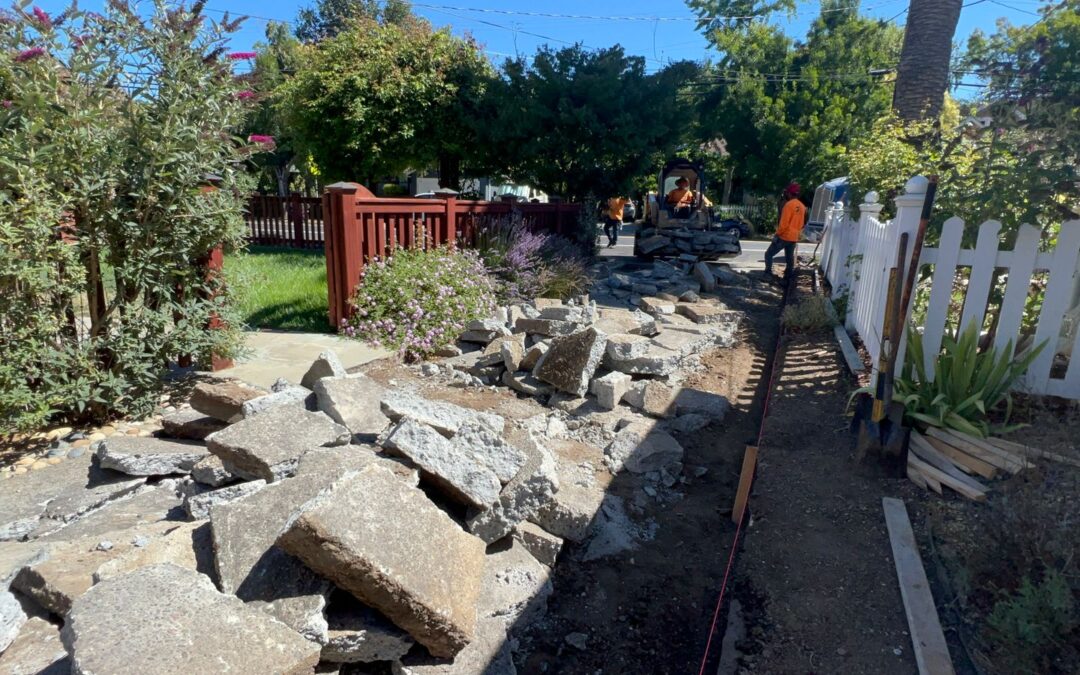Are you considering paving a driveway or parking lot and wondering which option is more cost-effective: asphalt or concrete paving? It’s a common question among homeowners and property managers looking to balance budget considerations with quality and durability. In this guide, we’ll explore the factors that influence the cost of asphalt and concrete paving, empowering you to make an informed decision for your project.
Understanding the Cost Factors
Before comparing the cost of asphalt and concrete paving, it’s essential to understand the factors that influence pricing for both options. These factors include materials, labor, equipment, site preparation, and project size. Additionally, local market conditions, contractor rates, and accessibility can impact the overall cost of a paving project.
Cost of Asphalt Paving
Asphalt paving is generally more affordable than concrete paving, primarily due to the lower cost of materials and faster installation process. Asphalt is a petroleum-based product that is readily available and less expensive than concrete. Additionally, asphalt paving requires less labor and equipment, resulting in lower installation costs. However, it’s important to consider ongoing maintenance and repair costs, as asphalt surfaces may require more frequent maintenance and repairs compared to concrete.
Cost of Concrete Paving
While concrete paving may have a higher initial cost than asphalt, it offers several long-term benefits that can justify the investment. Concrete is a durable and low-maintenance material that can withstand heavy traffic, extreme weather conditions, and prolonged exposure to sunlight. Additionally, concrete surfaces have a longer lifespan than asphalt, reducing the need for frequent repairs and replacement. While concrete paving may require a higher upfront investment, it can result in cost savings over the lifespan of the driveway or parking lot.
Comparing Installation Costs
When comparing installation costs for asphalt and concrete paving, it’s essential to consider both material and labor expenses. Asphalt paving typically costs less per square foot than concrete, making it an attractive option for budget-conscious homeowners and property managers. Additionally, asphalt paving projects can be completed more quickly than concrete, minimizing disruptions to your property and reducing labor costs. However, it’s important to weigh these upfront savings against the long-term maintenance and repair costs associated with asphalt surfaces.
Considering Long-Term Maintenance
Another factor to consider when comparing the cost of asphalt and concrete paving is long-term maintenance expenses. While asphalt paving may have lower upfront costs, it typically requires more frequent maintenance and repairs to maintain its appearance and structural integrity. Common maintenance tasks for asphalt surfaces include sealing cracks, filling potholes, and applying sealant or protective coatings. Concrete paving, on the other hand, requires less maintenance and is less susceptible to damage from heavy traffic, sunlight, and weather conditions.
Empowering Customers to Make Informed Decisions
Ultimately, the decision between asphalt and concrete paving should be based on a combination of factors, including budget, aesthetic preferences, durability, and long-term maintenance considerations. By understanding the cost factors associated with both options and consulting with reputable paving contractors, you can make an informed decision that meets your needs and budget requirements.
In conclusion
while asphalt paving may be cheaper than concrete upfront, it’s essential to consider the long-term costs and benefits of each option. By weighing factors such as material costs, labor expenses, installation time, and maintenance requirements, you can choose the paving solution that offers the best value and performance for your project. Whether you opt for asphalt or concrete paving, investing in a quality installation by a reputable contractor will ensure a durable and attractive surface that enhances the value and functionality of your property.

